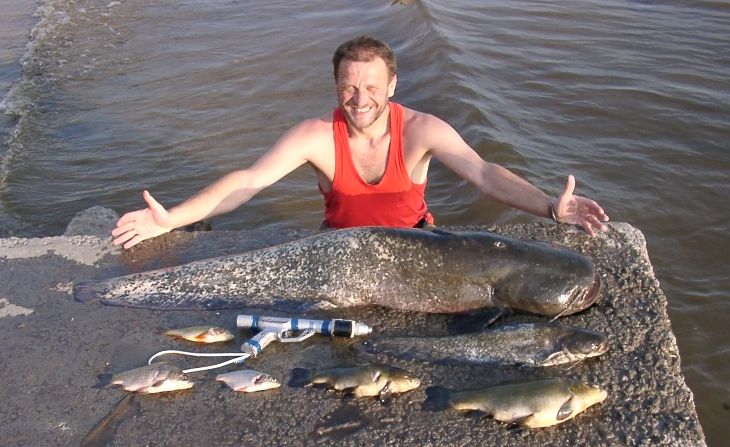What would you know about physics, unlike you I trained as a Physicist, with tertiary qualifications and probably have forgotten more about physics than you will ever know. So maybe you can just POQ, which means "pass on quietly" as we have absolutely nothing to learn from you. And I suspect so will your colleagues on apox.ru who are just starting to wake up to you as one who keeps his place solely by being a pal of the moderator who seems unwilling to throw you out.[QUOTE = "popgun pete, post: 984399, member: 18674"]
The gun must be in order with an inner barrel with a diameter of 13 mm. All the early pistols had a diameter of 0.5, which is basically 13 mm, and you know that the Mirage can work at 40 bar, so the main improvement is better internal breathing, and the variator plug provides this, therefore the gun should be fine as it is. if you are just using non-print parts. As we know, in LG-Sub machines all their plastic parts are made of black Delrin, so this is the way to go. 3D printing allowed us to confirm the forms, now you need to process them from Delrin or another lightweight hard plastic such as Nylon, which in any case is Delrin.
Vlanik's weapon was never used for Tuna, this kind of shooting is a way out of their league. These pistols do not have an internal barrel at all, the lance is weakened by an annular recess on the barrel for a forward locking mechanism in the pistol for 40 years, and water flows into the gun in small quantities each time you charge it, and a small amount of oil comes out of the removable cap spears on the tail of the shaft. Of course, Vlanik will deny this, but it is only he who speaks with his gun. They are fine in small sizes, but do not mention them in one breath with the hunt for Bluewater.
In any case, someone who calls himself "the captain of the pirate brig," like him, then you can immediately devalue him.
[/ QUOTE]
Complete illiteracy and ignorance of physics
Last edited:



